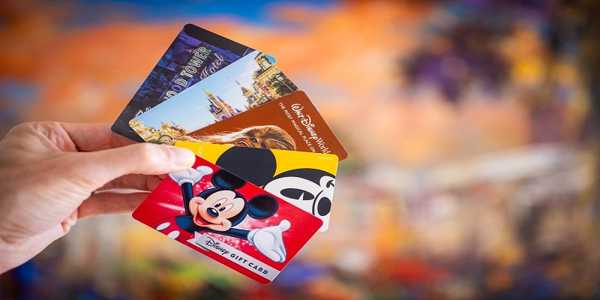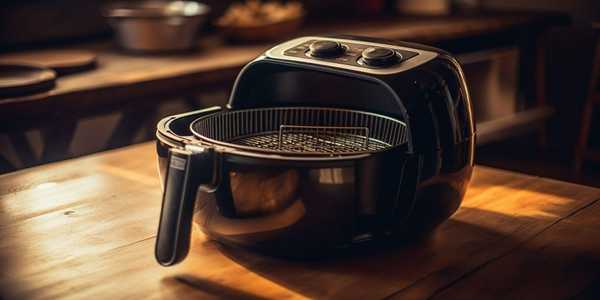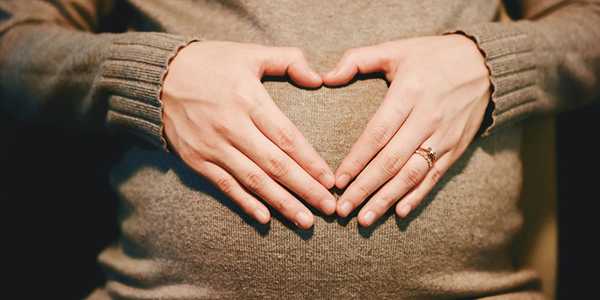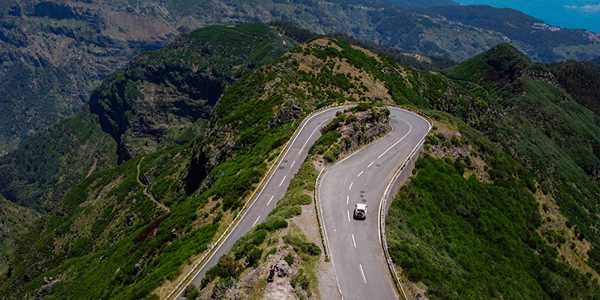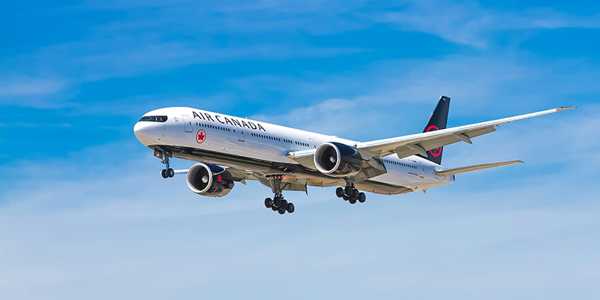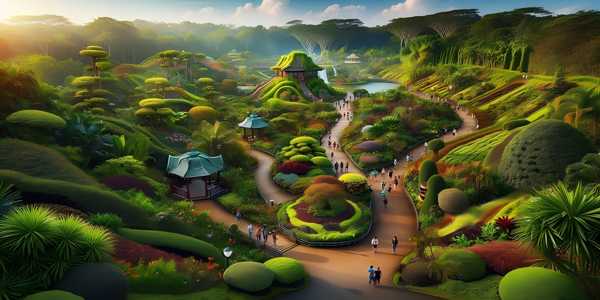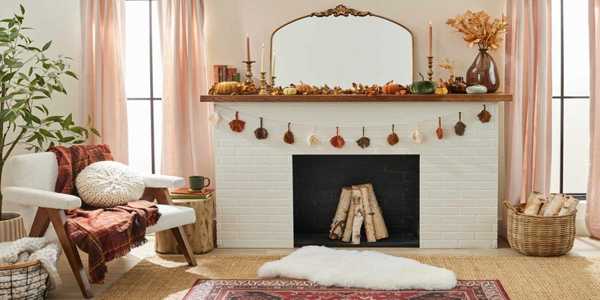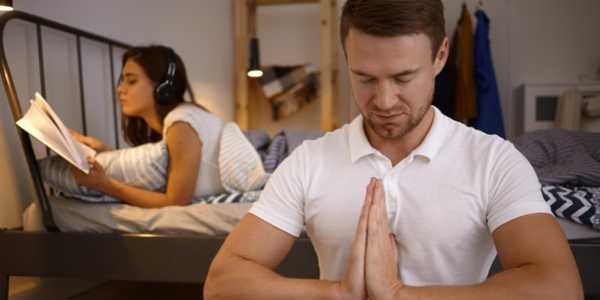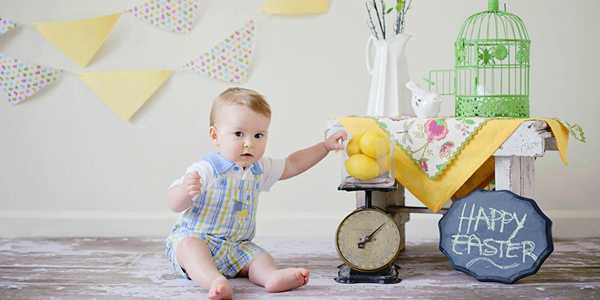Best Airline Rewards Programs for 2024: Enjoying Travel Perks
The 7 World's Most Dangerous Roads: A Perilous Journey
Top 5 Plants You Should Never Lack For Your Mental Wellness
13 Minimalist Living Room Design Ideas for Modern Homes
7 Best Mental Health Activities For Kids
Spoon Theory: A Creative Way to Understand Autism
8 Tips for Raising Independent Kids: Encouraging Self-reliance
10 Effective Baby Sleep Hacks: Establishing a Bedtime Routine
Natural vs. Artificial Grass – A Cost & Benefit Comparison
When deciding between natural and synthetic grass for your landscape, both options offer unique visual appeal and varying maintenance demands, which can affect long-term expenses. The right choice hinges on your preferences and budget, so conducting a detailed cost-benefit comparison is essential before beginning your project.
When deciding between natural and synthetic grass for your landscape, both options offer unique visual appeal and varying maintenance demands, which can affect long-term expenses. The right choice hinges on your preferences and budget, so conducting a detailed cost-benefit comparison is essential before beginning your project.
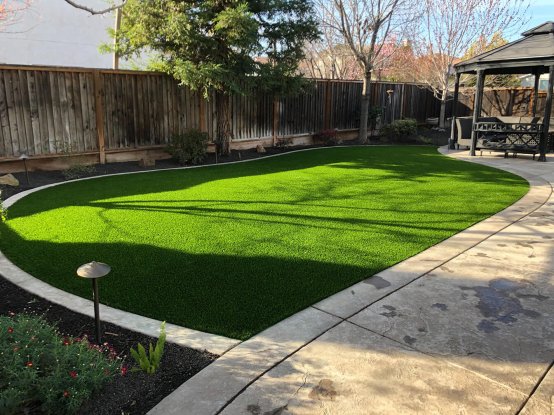
The Great Turf Showdown: Comparing Natural and Artificial Grass
Planning to upgrade your lawn? Here's a breakdown of the advantages and drawbacks of natural versus artificial grass to guide your decision-making process.
1. Artificial Turf’s Growing Appeal in Australia
In recent years, artificial turf has become increasingly popular in Australia due to its resilience, low upkeep, and ability to conserve water—features particularly beneficial during drought periods. Its year-round uniform appearance and low water requirements make it a top pick for both residential and commercial properties.
2. The Ongoing Appeal of Natural Grass
Natural grass still retains its charm thanks to its genuine appearance and environmental advantages like carbon absorption. However, environmental impacts remain a key topic: while synthetic turf reduces water usage, it may interfere with groundwater flow, whereas natural grass supports local ecosystems but requires more maintenance and resources.
3. Key Comparison: Maintenance, Longevity, and Strength
Choosing between turf types involves evaluating upkeep, expected lifespan, and wear resistance. Here's a side-by-side summary of the main distinctions:
| Criteria | Artificial Grass (Synthetic Turf) | Natural Grass |
| Maintenance Requirements | Minimal; no watering or mowing | Intensive; needs regular mowing/watering |
| Lifespan | Typically 8–10 years | Climate-dependent |
| Durability | Withstands heavy use | May degrade under high use |
| Aesthetic Appearance | Consistently green year-round | Seasonal color shifts |
| Installation Time | Quick setup | Time needed for germination |
| Cost | High upfront, low upkeep | Lower upfront, higher ongoing costs |
Source: Reform Sports “Difference Between Artificial Grass and Natural Grass – Comparison Table” July 11, 2025
Incentives and Environmental Concerns
In response to climate change, Australian authorities have begun encouraging synthetic turf use. Facility managers are also examining the environmental implications of each surface. Artificial turf reduces water usage but can alter natural water absorption and cause runoff. Natural grass, while more eco-friendly in some aspects, demands more resources.
Turf Installation Costs: What You Should Know
Planning for artificial turf? Let’s look at the various cost factors that influence your total budget—from turf type to on-site challenges.
1. Turf Pricing Explained
The price of synthetic turf varies by product quality. Budget options start at around A$50 per square meter, while premium turf—featuring added durability and aesthetics—can reach A$120. Extras like underlay padding or UV-resistant finishes can boost both comfort and longevity but will also raise your total investment.
2. Installation Complexities and Their Cost Impact
Installation fees can significantly affect the final price tag. These costs typically range from A$50 to over A$100 per square meter and depend on factors like terrain accessibility, soil removal, leveling, and drainage design. Complex jobs involving hard-to-reach areas or sloped landscapes tend to be more expensive.
3. Quality and Size Considerations
Total project cost correlates directly with the size and grade of turf used. Here's a breakdown of pricing by turf tier and lawn size:
| Artificial Lawn Type | Size Range (sqm) | Average Cost per sqm (AUD) |
| Budget-Friendly Turf | 10 – 50 | A$50 – A$70 |
| Mid-Range Turf | 51 – 100 | A$70 – A$90 |
| Premium Quality Turf | 101 – 200 | A$90 – A$120 |
Source: ReelGrass Australia “How Much Does Artificial Grass Cost in Melbourne? Price Guide” June 24, 2025
4. Environmental and Long-Term Value
Though artificial grass carries higher upfront costs, the savings in maintenance—no watering, mowing, or fertilizing—can add up over time. However, sustainability is a key consideration. The environmental trade-offs of synthetic turf must be factored in when comparing short-term investment versus long-term environmental impact.
Beneath the Surface: Unseen Costs of Synthetic Turf Installation
Although artificial grass promises an evergreen, low-maintenance lawn, it’s crucial to understand the hidden expenses that can affect your total cost.
1. Ground Preparation: The Hidden Essential
Pre-installation groundwork can be surprisingly costly. Tasks like removing old soil or vegetation, leveling the area, and implementing drainage solutions are vital to ensuring a stable and attractive result. Skipping these steps can lead to water pooling or uneven surfaces, which may require expensive repairs later.
2. Landscaping Complexity and Add-Ons
Sloped terrain, tree roots, and irregularly shaped yards increase both labor and materials. Features such as padding or UV protection, while useful for comfort and durability, also raise per-square-meter expenses. These extras are often overlooked but add significantly to your total bill.
3. Initial vs. Ongoing Costs
While ongoing upkeep for artificial turf is minimal, the upfront costs—covering turf, base prep, infill, and potential repairs—can be substantial. Below is a repeat cost table for reference:
| Artificial Lawn Type | Size Range (sqm) | Average Cost per sqm (AUD) |
| Budget-Friendly Turf | 10 – 50 | A$50 – A$70 |
| Mid-Range Turf | 51 – 100 | A$70 – A$90 |
| Premium Quality Turf | 101 – 200 | A$90 – A$120 |
Source: ReelGrass “How Much Does Artificial Grass Cost in Melbourne? Price Guide” June 24, 2025
4. Potential Long-Term Issues
Even with proper installation, synthetic lawns can encounter problems like excessive heat retention, weed growth through seams, or surface wear. Occasional cleaning and maintenance are necessary, and addressing these issues can lead to unforeseen costs.
Making It Happen: Finding the Right Turf Installer
Take the first step toward a beautiful new lawn by selecting the right installer with the right expertise for your project.
1. Market Growth and Drought-Driven Demand
Australia’s artificial turf market is rapidly expanding, with expectations to hit A$7.25 billion by 2025. Prolonged droughts and rising water conservation concerns are pushing both businesses and homeowners toward sustainable, low-water alternatives like synthetic grass.
2. Major Suppliers and Tailored Products
Local suppliers such as SYNLawn Australia and Everhard Industries offer customized turf options made specifically for the Australian climate. These tailored solutions ensure resilience against local weather conditions while maintaining both form and function.
3. Government Incentives and Support
Subsidies and grants for water-efficient landscaping have made artificial turf more appealing to property owners. These financial supports help offset installation costs and encourage eco-friendly choices in urban planning and residential upgrades.
4. Broad-Sector Adoption
Beyond sports venues like tennis courts and cricket fields, synthetic turf is now widely adopted in home and community landscaping. This trend reflects a growing desire for low-maintenance, visually consistent, and eco-conscious lawn alternatives across multiple sectors.
5. Choosing a Qualified Installer
When selecting a provider, look for companies offering climate-aware, all-in-one services. Key selection factors include turf durability, maintenance needs, compliance with regulations, and contractor credentials. Homeowners are also giving more weight to warranties and long-term service reliability.
Q&A
Q1: Why is artificial grass becoming so popular in Australia?
A: Recurring droughts and the need for water conservation are key reasons. Artificial grass provides a water-saving, low-maintenance alternative, and government rebates make it even more attractive to homeowners and businesses alike.
Q2: What are the primary cost and longevity differences between natural and artificial turf?
A: Artificial grass costs more initially but requires less upkeep and lasts around 8–10 years. Natural grass is cheaper to install but demands ongoing care, leading to higher lifetime expenses.
Q3: What affects artificial turf installation costs besides turf pricing?
A: Costs are influenced by site prep, drainage needs, landscape complexity, and special features like UV protection. Accessibility of the space also impacts labor costs.
Q4: What hidden costs should homeowners consider before installing synthetic turf?
A: Site preparation, complex terrain, and premium add-ons can all raise costs. Over time, periodic maintenance for cleaning, repairs, or weed control may also add to expenses.
Q5: What should Australians look for when choosing a turf installer?
A: Prioritize companies offering tailored, full-service solutions with a focus on durability, regulatory compliance, and verified credentials. After-sales support and service guarantees are also essential for peace of mind.
References:
https://www.gardensingapore.com/collections/artificial-grass-turf
https://ekipgrass.net/landscape-turf/

